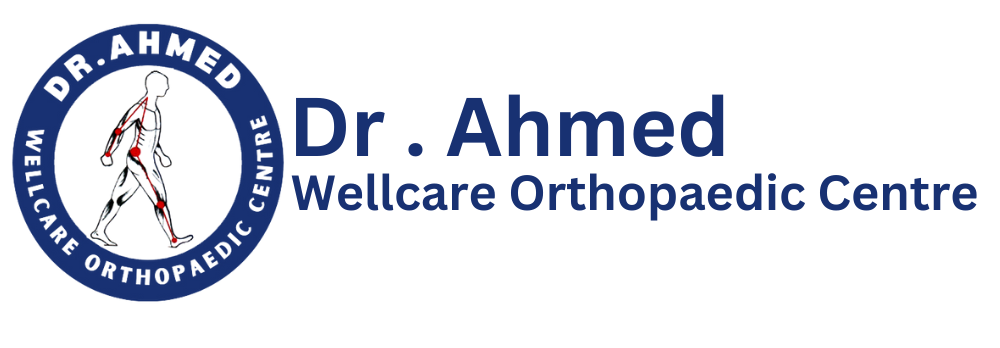Introduction to Chills and Lower Back Pain
Chills and lower back pain are two distinct symptoms that can significantly affect an individual’s well-being. Chills refer to the sensation of feeling cold, often accompanied by shivering, despite the ambient temperature being reasonably warm. This physiological response can indicate a variety of conditions ranging from infections to the body’s response to stress or anxiety. On the other hand, lower back pain, which is a common ailment, can manifest as discomfort, stiffness, or a dull ache in the lumbar region. The pain can arise from various causes, including muscle strains, herniated discs, or underlying medical conditions.
The occurrence of chills alongside lower back pain can be a perplexing experience for many individuals. While each symptom can exist independently, their co-occurrence may signify a more complex health scenario. For instance, a viral infection or a significant inflammatory response might lead to both chills and discomfort in the lower back. Additionally, conditions such as kidney infections or meningitis can present with these symptoms, urging further medical investigation.
Recognizing the interplay between chills and lower back pain is crucial, particularly when these symptoms present abruptly or with increased severity. Timely consultation with healthcare professionals may be necessary to ascertain whether these symptoms indicate an underlying condition that requires urgent attention. Awareness of one’s body and attentiveness to these signs can lead to earlier diagnosis and more effective treatment strategies. As we explore the connections and causes further, understanding these symptoms will facilitate better health literacy and proactive approaches to personal health management.
Common Causes of Chills
Chills are often an uncomfortable and alarming sensation, characterized by the sudden feeling of cold accompanied by involuntary muscle contractions. They can be triggered by various factors, including medical conditions, environmental influences, and the body’s natural responses. Understanding the potential causes of chills is essential for identifying effective management strategies.
One prevalent cause of chills is the presence of infections. Common illnesses such as influenza, pneumonia, and certain bacterial infections can lead to chills as the body fights off pathogens. When an individual is exposed to such infections, their immune response generates an elevated body temperature, prompting chills as the body attempts to regulate its internal temperature. In these cases, chills are often accompanied by other symptoms, including fever, fatigue, and muscle aches.
Environmental influences can also contribute to chills. Exposure to cold weather or drafty conditions may cause the body to react by generating heat through muscle contractions, resulting in chills. This physiological response aims to maintain a stable core temperature and is typically temporary. Additionally, rapid shifts in temperature, such as entering a cold environment after being in a warm one, can trigger chills as the body’s thermoregulatory system struggles to adapt to the new conditions.
In certain instances, chills may signal an underlying health issue. Conditions such as hypothyroidism, which impacts the body’s metabolic rate, can lead to persistent feelings of cold, accompanied by chills. Furthermore, severe medical conditions, including reactions to medications or cancer, may also produce chills as a notable symptom. Recognizing the accompanying signs and symptoms is crucial in identifying the underlying cause, and seeking medical attention is advisable when chills persist or are accompanied by other concerning symptoms.
Exploring Lower Back Pain: Causes and Implications
Lower back pain is a prevalent condition that can stem from various causes, each with distinct implications for individuals. One common cause is muscle strain, which often occurs due to overexertion or improper lifting techniques. Such incidents can lead to inflammation and discomfort, hampering daily activities. Another significant contributor is the presence of herniated discs, where the cushioning discs that separate the vertebrae become damaged and press on nearby nerves. This condition can result in severe pain, numbness, or weakness, necessitating immediate attention.
Sciatica, characterized by pain radiating along the sciatic nerve, is yet another cause that may warrant consideration. It often arises from compression of the nerve roots in the lower back, leading to discomfort that can extend into the legs. Musculoskeletal issues, such as arthritis or osteoporosis, may also manifest as lower back pain, particularly in older adults, reflecting a need for comprehensive management strategies.
Lifestyle choices significantly influence the development and persistence of lower back pain. Poor posture, primarily while sitting, can strain back muscles and contribute to chronic discomfort. Prolonged periods of inactivity, common in today’s sedentary lifestyle, further exacerbate the situation, weakening core muscles that support the spine. Engaging in a regular exercise regimen can strengthen these muscles and enhance flexibility, which is critical for maintaining back health.
It is essential to differentiate between acute and chronic lower back pain. Acute pain usually resolves within a few days or weeks, often responding well to conservative treatments such as rest and over-the-counter pain medications. In contrast, chronic pain persists for three months or longer and may require more intensive evaluations and interventions. Understanding when to seek medical attention is imperative, especially if pain is accompanied by additional symptoms, ensuring timely and appropriate care.
The Connection Between Chills and Lower Back Pain
Understanding the relationship between chills and lower back pain is essential for identifying potential underlying medical conditions. Both symptoms may occur concurrently, hinting at a shared cause or a systemic issue affecting the body. In many cases, chills can arise as a response to infections, inflammation, or other systemic illnesses, while lower back pain might indicate musculoskeletal problems or serve as a nonspecific symptom reflective of a broader disease process.
Infections are a common link between chills and lower back pain. Conditions such as kidney infections, urinary tract infections, or even systemic infections like meningitis can manifest both symptoms. When the body is fighting off an infection, it may produce chills as a means of regulating temperature while simultaneously causing discomfort in the lower back due to factors such as muscle tension or localized inflammation. Additionally, systemic illnesses such as autoimmune disorders can also create manifestations of both chills and discomfort in the lower back, indicating an internal struggle requiring medical attention.
It is crucial for individuals experiencing these symptoms simultaneously to consider their overall health context. Factors that could contribute to the emergence of both chills and lower back pain include severe fatigue, history of infections, and recent injuries. Recognizing any accompanying symptoms such as fever, abdominal pain, or fatigue could further aid in establishing a connection and thus revealing a potential diagnosis.
When faced with chills and lower back pain, it is advised to seek professional medical advice, especially if symptoms persist or worsen over time. Early intervention may be key in addressing the underlying cause, ensuring both symptoms are managed effectively. By considering these connections, individuals can obtain a more comprehensive understanding of their health and promote a better quality of life.









